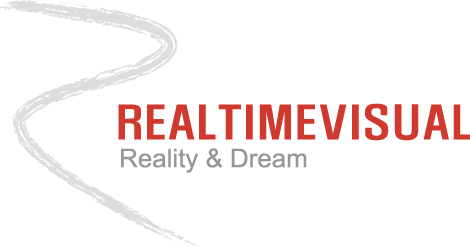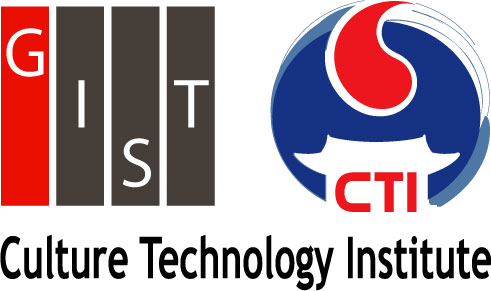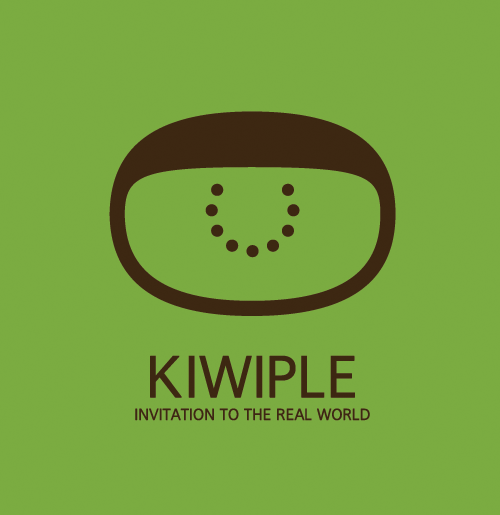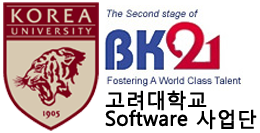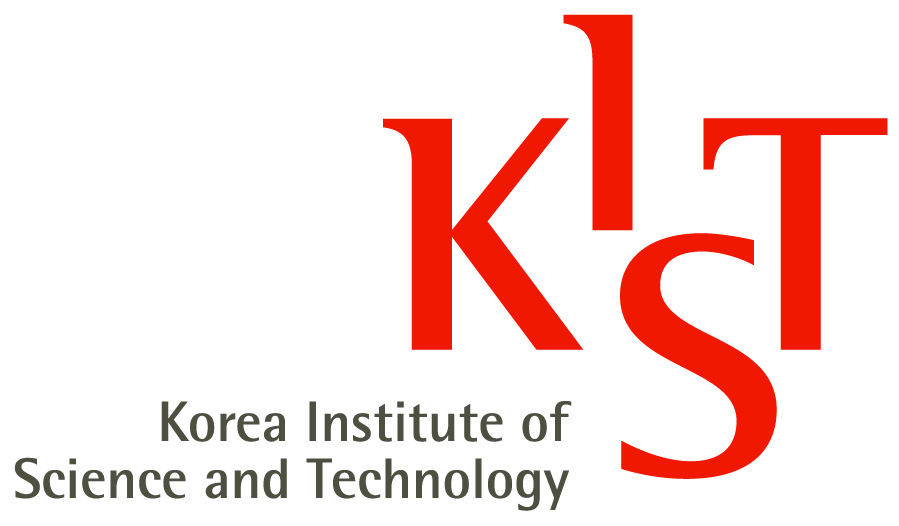From ISMAR2010
Contents |
Download `Call for papers`
Aims and Scope
- Mixed reality (MR) and augmented reality (AR) allow for the convergence of real and virtual worlds. The evolution of novel MR/AR user interfaces is beginning to have significant impact on industry and society. The field is highly interdisciplinary, bringing together signal processing, computer vision, computer graphics, user interfaces, human factors, display and sensor technologies, and wearable, mobile and ubiquitous computing, to name just some of the most important influences. MR/AR concepts are applicable to a wide range of applications. ISMAR and its forerunners IWAR, ISMR and ISAR, have been the premier forums in this vital field since 1998 (http://www.ismar-conf.org).
- This year we are proud to present the 9th IEEE and ACM International Symposium on Mixed and Augmented Reality (ISMAR 2010). The symposium will be held from October 13th to 16th, 2010, in Seoul, Korea. We invite you all to participate in this great event for the exchange of new ideas in this exciting field. As in ISMAR 2009, the “traditional” Science & Technology track will be complemented by an Arts, Media and Humanities track with its unique and separate publication. Both programs will follow ISMAR’s stringent publication requirements with reviews being provided by qualified peers from these respective disciplines.
- Note that there is only one track for papers (that is no distinction between full and short). Thus, papers can be submitted in minimum of four pages or more. The reviews will be done based on the contribution (the length) of the paper. For example, a paper in six pages will be expected of more contribution than one with four pages.
Call for Papers and Posters
MR/AR applications across all areas of personal and professional activities, such as:Personal MR/AR information systems, games, applications in industry, military, medicine, science, entertainment, architecture, tourism, art, cultural heritage, education, training etc..
Science&Technology
Topics of the Technical Track include, but are not limited to, the following topics:
Sensing:
- Tracking technologies, calibration methods, sensor fusion, vision-based registration and tracking, acquisition of 3D scene descriptions
Information presentation:
- Object overlay and spatial layout techniques, handling of occlusions or x-ray vision, photorealistic augmentation, real-time augmentation, optical display technologies (HWDs, HMDs, HUDs, mobile projectors), aural or haptic augmentation, combined presentation across several displays (combining mobile and stationary devices), display and view management
User interaction:
- Interaction techniques and metaphors for MR/AR, collaborative MR/AR, multimodal input and output, tangible interaction, combined interaction with virtual and real objects
Human factors:
- Usability studies and experiments of MR/AR-based interaction and presentation concepts, acceptance of MR/AR technology, social implications
System architecture:
- Wearable and mobile computing, distributed and collaborative MR/AR, display hardware, performance issues (real-time approaches), embedded computing for MR/AR, integration of MR/AR technologies into wide-area pervasive computing environments
Arts, Media & Humanities
More information about the topics, theme for submitting for the "Arts, Media & Humanities" program is available here.
Submission:
- ISMAR 2010 invites paper and poster submissions in the general field of mixed and augmented reality. Submissions of papers (4 to 10 pages) and posters (up to 2 pages) will be accepted. Don’t stretch papers unnecessarily to adhere to the page limits. Only novel contributions will be accepted. As a result of the reviewing process, authors may be asked to revise their papers, requiring a second acceptance process by a shepherd. All accepted papers in each category will be published in the proceedings. Papers and posters must be formatted according to the IEEE Computer Society TCVG authoring guidelines (http://www.cs.sfu.ca/~vis/Tasks/camera.html) and submitted electronically as PDF documents. ISMAR uses a single-blind reviewing process. Thus, authors and affiliations may be mentioned. Detailed submission instructions will be provided on the web site (http://www.ismar10.org/) a month before the submission deadline.
Deadlines:
- Submission: May 24(abstract), May 31(paper) 2010 for S&T track / May 31, 2010 for AMH track
- Notification: July 29, 2010
- Camera-ready copies: August 24, 2010
Call for Innovation Workshops
- ISMAR 2010 will have a series of workshops the day before the conference to cover the innovative applications of Mixed and Augmented Reality and newly emerging fields of MR/AR. We invite you to submit papers or panel discussions that will address topics of transferring MR/AR to solve critical real world problems.
Deadlines:
- Submission: June 1, 2010
- Notification: June 16, 2010
- Camera-ready copies: August 21, 2010
Call for Pioneering Tutorials
- The purpose of the tutorials is to expand the knowledge of the AR/MR community and foster the next generation of AR/MR researchers, developers, and artists. AR/MR experts, pioneers, and experienced developers and artists are needed to propose and present tutorials that may target a specific application area, a specific research area, or a topic of general interest for mixed or augmented reality. Topics can range from introductory for AR/MR novices to highly technical for AR/MR researchers. We invite individuals or teams interested in presenting such a tutorial to submit proposals.
- Tutorials can be from 30 minutes to full-day tutorials, depending on the scope of topics covered and the presenters available. Please submit an abstract, presenter bios, and an outline of the tutorial that describes the order of topics presented and timing for each topic. Also, please include one or more high resolution pictures that are relevant to your tutorial.
Deadlines:
Open
Call for Demonstrations, Showcases & Exhibitions:
- ISMAR 2010 provides a venue for showing demonstrations of Mixed and Augmented Reality to the community. The live demonstrations may be related to implementations of techniques presented in the papers, posters or panels, as well as systems not yet presented elsewhere. The main selection criteria will be the expected general interest of the demonstration to the Mixed and Augmented Reality community.
- ISMAR 2010 will accept following four types of demonstrations:
Laboratory Demonstration:
- provides the opportunity for “late breaking” research teams to informally demonstrate their latest discoveries and inventions. We will accept the Laboratory Demonstration until the last minute, pending committee discretion and conference accommodations (Note: submissions received after August 1, 2010 will not be included in the publications).
Research Showcase:
- is a more formal presentation of innovative Mixed and Augmented Reality content that involves more production support and exhibit design considerations.
Submission guideline
To submit a proposal for a demo, please send email to jwlee@sejong.ac.kr containing:
1) The title of the proposed demonstration
2) The names of the authors
3) The name, telephone number and email address of the contact person
4) A description of your demo including
- A. What makes it unique and special
- B. Why will it draw a crowd?
- C. Would an AR expert want to see it and why?
- D. Keywords
5) Information about the demonstration space
- A. The amount of floor or desktop space needed (length, width, height in meters)
- B. The list of equipment you will bring (be as detailed as you can be)
- C. Any power, socket and outlet needs
- D. Networking requirements (beyond the common mail/web access)
- E. Any environment requirements (Does this demonstration require a dark environment? Does it produce or is sensitive to a large amount of noise or light? Etc.)
[Optional]
URL of your demo video (Video in QuickTime, MPEG, or Windows Media Viewer not to exceed 50MB is recommended. Please do NOT send your video by email.)
After sending email, you should get a notification that your email has been received.
Art, Media and Humanities Showcase:
- presents innovative Mixed and Augmented Reality artwork within a unique gallery format based on a combination of invited and submitted work. If your work is more related about a concept, the content (and not the technology per se) please submit to this track: You will find more information on dedicated Call for Participation for Arts, Media and Humanities and on the submission guidelines page.
Innovation Exhibitions (See industry/Sponsor relations):
- feature the latest commercially available products and services for use in Mixed and Augmented Reality applications. The exhibition will be available for rental to industry buyers from the entertainment, medical, military and educational markets. A special “Start-up Park” will be available for small, first time commercial exhibitors at more affordable prices. Early registration is recommended for the expected increased participation and limited space.
- Prospective authors are required to submit a page Demo Proposal (or we can use a web fill form?) that should include following information: type of proposed demonstration, description of demonstration, requested floor plan, and list of special requirements to accomplish the proposed demonstration. The conference reserves the right to select demonstrations based on the degree of appropriateness for the proposed topics/contents and conference accommodations. The final acceptance decision will be made by the Demonstration Committee and noticed to the authors by June 16, 2010 to start coordination with the ISMAR 2010 Planning Committee.
- There will be four formats to submit demonstrations. Demonstrations can be related to papers, posters or panels, but that is not required. A proposed abstract, floor plan and list of requirements are requested with the letter of intent (see websites for details). Accepted Participants will receive notification by June 16th, 2010 to start coordination with the ISMAR 2010 Planning Committee. To accommodate late breaking discoveries, we will accept “Laboratory Demonstrations” until the last minute, pending committee discretion and conference accommodations (submissions received after August 7th, 2010 will not be included in the publications). Letters of intent are recommended for all submissions to assist in the planning.
Deadlines:
Open
Tracking Competition:
- The first event of this kind at ISMAR 08 (http://ismar08.org/wiki/doku.php?id=program-competition) caught much attention. A sequel was also organized at ISMAR 2009, and the competition will be continued at ISMAR 2010. Details regarding the tracking task and the rules of competition will be made available on the web site. It is to be expected that only a limited number of teams can participate.
Deadlines:
- Announcement of competition task and rules: June 1st, 2010 (see the details on the web site)
- Entry deadline: Aug 15
- For more information, visit the web site or contact the general/program chairs.
General chairs:
- Gerard J. Kim (gjkim@korea.ac.kr)
- Heedong Ko (ko@imrc.kist.re.kr)
Program chairs:
Science and Technology
- Jun Park (joseph.j.park@gmail.com)
- Vincent Lepetit (vincent.lepetit@epfl.ch)
- Tobias Hollerer (holl@cs.ucsb.edu)
Arts, Media and Humanities
- Soh Yeong Roh, Korea (Art installation / Exhibition)
- Hyun-Jhin Lee, Hongik University, Korea (Paper review)
- Raphael Grasset, HIT Lab NZ, New Zealand
- Kyle Hyunsuk Kim, Hongik University, Korea (Media Arts Industry Panel)
- Jinwan Park, Chung-ang University, Korea (Artist Panel)
- Julian Stadon, Curtin Univ. of Technology, Australia



